Planting gooseberries in the spring in open ground: terms and rules
Summer residents who have already bought a vending seedling (or are just going to) are puzzled about how to plant a gooseberry correctly so that it takes root and will please with a good harvest in the near future. Such doubts are very reasonable, because in order for the plant to take root, a number of rules must be observed.
What do you need to know in order for the spring planting of "northern grapes" (gooseberries) in open ground to be successful? Let's consider the main nuances further.
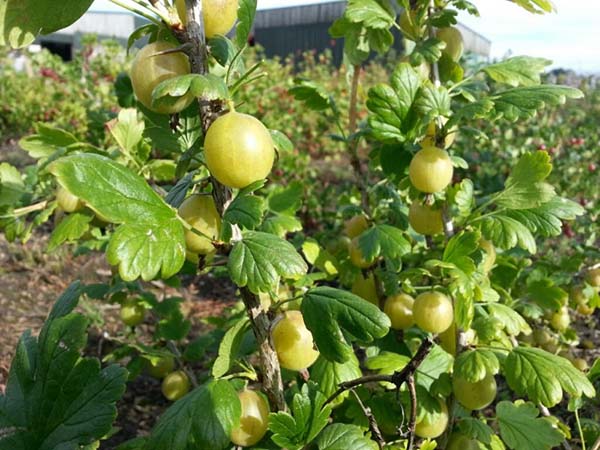
Content
When to plant gooseberries in spring, in what month: planting dates
One of the most important questions gardeners ask is when to plant gooseberries outdoors in spring.
We answer: it is optimal to plant gooseberry seedlings in early spring, immediately after the snow melts, until the ground is completely dry (in a humid environment, the plants take root well without additional watering), in other words, you need to have time before budding on the shoots of the bush, i.e. before the gooseberry starts growing (= the plant should still be sleeping).
If you have a seedling with a closed root system (ZKS), i.e. you bought it in a container, and it is in this form that they are often sold, then it can be planted later. In general, seedlings with ZKS can be planted all year round (even in summer).
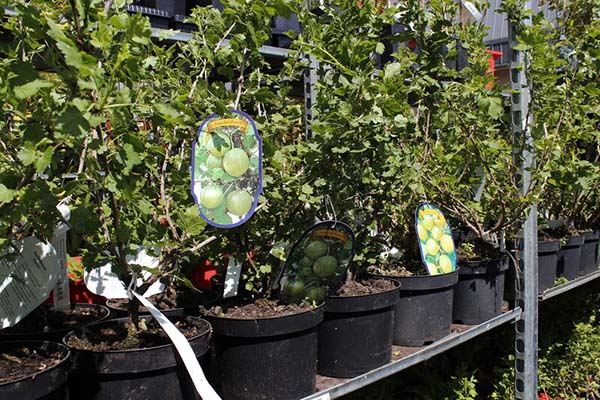
When is it better to plant - in spring or autumn
Many gardeners who decide to grow a crop in their area are interested in when it is better to plant gooseberries - in spring or autumn.
The answer is very simple! You can plant a shrub both in early spring and in autumn.
However, it is believed that it is best to plant berry bushes in the fall (2-4 weeks before the onset of frost).
By the way! The site has a detailed article about autumn planting of gooseberries.
Video: how to plant gooseberries in the fall - planting and care features
When to plant in spring in different regions
Naturally, depending on the climatic characteristics, the dates of the spring planting of gooseberries in different regions differ:
- In the south of Russia, gooseberries can be planted in March or early April.
- Gardeners of the Middle Strip and the Moscow Region should plant it no earlier than April.
- In Siberia and the Urals, it is possible to plant gooseberries in open ground only in late April and early May.
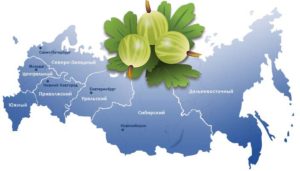
According to the lunar calendar in 2020
Choose the optimal date for planting seedlings can help you moon calendar.
So, favorable days for the spring planting of gooseberries in 2020, according to the lunar calendar, are:
- in March - 26-29;
- in April - 11-15, 24, 25;
- in May - 2-10.
Unfortunately, it is not always possible to get to the dacha on favorable days, so the main thing is not to land on unfavorable ones according to the lunar calendar - the days of the New Moon and Full Moon, as well as the period when the Moon is in Aquarius, because it is a barren and dry sign - in italics.
Unfavorable days, according to the lunar calendar, for 2020 for planting gooseberry seedlings in spring, the following dates are:
- in March - 9,19-21, 24;
- in April - 8,15-17, 23;
- in May - 7,13-14, 22;
- in June - 5,9-11, 21.
According to the lunar calendar, from the magazine "1000 Tips for Summer Residents".
How to plant gooseberries in spring: features, requirements and step-by-step instructions
For the spring planting of gooseberries to be successful, you need:
- buy a quality seedling;
- choose a suitable place on the site;
- prepare and fill the landing pit;
- correctly plant a seedling;
- follow the simple, but mandatory rules of leaving after landing.
Next, we will analyze all the nuances in more detail.
Video: rules for planting gooseberries
How to choose and prepare a seedling for planting
When choosing a gooseberry seedling, you need to pay attention to the following points:
- The seedlings should have a healthy appearance, without any signs of disease and pest infestation (glass, powdery mildew etc.), as well as mechanical damage.
- When buying seedlings with an open root system (ACS), it is highly desirable to purchase exactly 2-year-old specimens.
But seedlings with a closed root system (ZKS) can be purchased both 1-year-old and 2-year-old.
- A 2-year-old seedling should have at least 2-3 strong shoots, at least 20-30 cm long and have a well-developed root system, at least 20-25 cm long.
A seedling in a container (with ZKS) should have a lot of leaves, and the length of the shoots should be about 30-50 cm. It is rather difficult to assess the root system, but it is possible. The seedling must sit firmly in the container, this will mean that the roots are well braided with an earthen ball and the plant was originally grown this way.
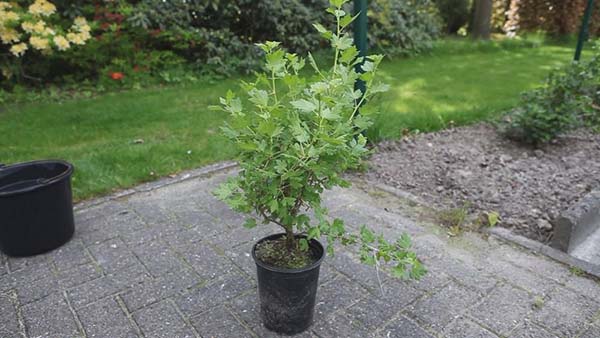
Video: how to choose the right gooseberry seedlings
How to prepare a seedling
Before planting a seedling, for better survival of its rhizomes, you can dip it in a clay mash, reminiscent of thick sour cream in consistency, or support it for a couple of minutes in any root formation stimulator (for example, in Heteroauxin or Kornevin).
Planting site and suitable soil
Gooseberries love the sun and will grow well in an open and well-lit area.
By the way! Light partial shade is quite a suitable place for gooseberries, but by no means deaf.
Planting gooseberries in a lowland, swampy and waterlogged places, as in the case if your groundwater is close (closer than 1.5 meters), is not the best idea. In such conditions, the plant will slowly die.
In this case, you can plant the gooseberries on an artificial hill.
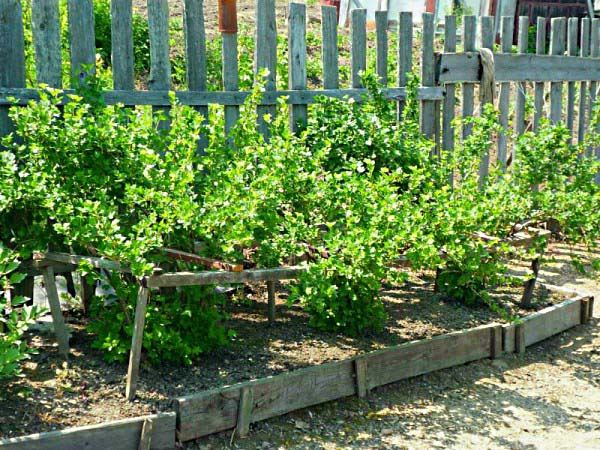
The soil
Gooseberries love to grow on light (loose) and fertile soils, the same loam or sandy loam soil. The acidity should be neutral (pH 6-7). Unlike currants, which grow normally on close to neutral or even slightly acidic soil (pH 5.2-5.5), gooseberries will grow poorly under such conditions.
Important! Gooseberries absolutely do not tolerate acidic soil (even slightly acidic).
Accordingly, you need to first measure (define), and then change soil acidity, or rather, to lower the acidity (deoxidize) the soil by adding to the soil dolomite flour, lime, chalk or wood ash.
Naturally, if you periodically apply fertilizers and make regular watering, the gooseberry will grow well on poorer sandy or clay soils.
However, if the soil is excessively clayey, the water will stagnate, the root collar will rot and the seedling will simply disappear. On the contrary, if the soil is too sandy, then the seedling may dry out from a lack of moisture, which will evaporate very quickly after watering.
Advice! To make the clay soil loose, it is mixed with sand. If the soil on the site is sandy, then clay is added to it.
At what distance to plant
As a rule, it is recommended to leave a distance of 1.2-1.5 m between the gooseberry bushes, the width of the row spacing is 2-2.5 m.This distance between the bushes is necessary due to the fact that, growing, adult bushes fill up enough large space, and harvesting from individual bushes is much faster and safer than from a hedge.
Important! In order for the gooseberry to develop normally, the distance to the fence should be at least 1, and preferably 1.5 meters.
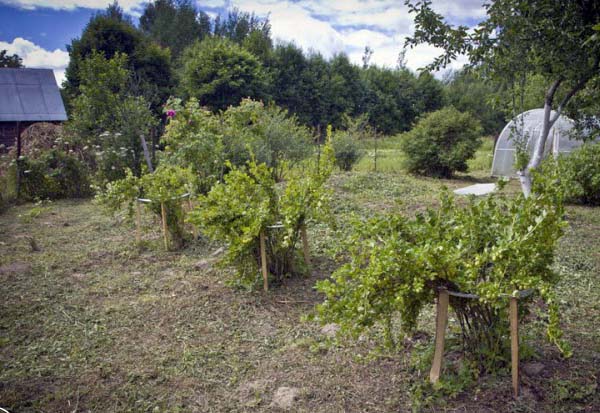
Culture Neighborhood Rules
Many gardeners ask the question: "Is it possible to plant gooseberries next to currants?"
You should also not plant too close to raspberries, because raspberries will simply shade your gooseberries.
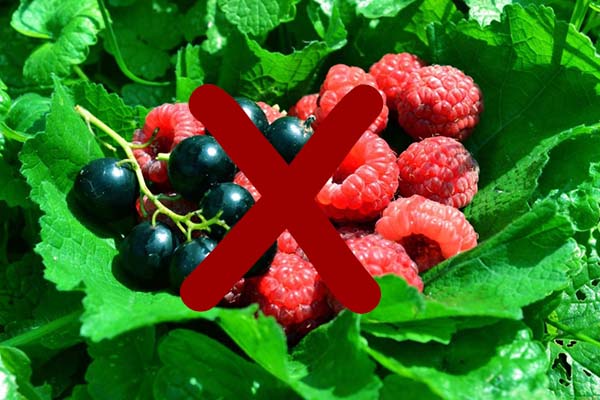
To what depth to plant (what should be the landing pit)
The optimal size of the gooseberry planting pit is 50 to 50 centimeters (depth and width / diameter), but it can be wider and deeper (up to 60 cm).
Remember! The larger the hole, the more fertile soil can be laid in it.
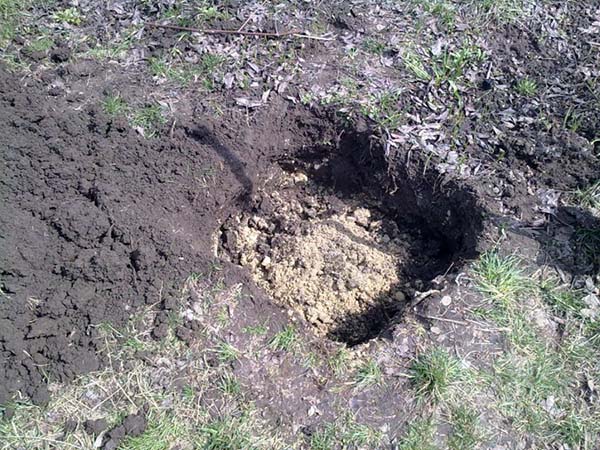
When planting, it is important to take into account one single fact - it is necessary to deepen the root collar by no less than 6-7 cm. Otherwise, the shoots growing from the root will be weak.
Advice! If you are planting a seedling in a container (with ZKS), then just make a hole 2-3 times larger than the container itself.
How and what to fill the planting hole
In order for the plant to quickly take root in a new place, the gooseberry planting plant should be filled with a fertile substrate (soil mixture), namely apply organic and mineral fertilizers:
Important! Mineral fertilizers must be carefully to mix with earth and humus, and only then pour the resulting mixture into the pit.
- the top fertile layer of soil (which you have left after digging a hole);
- compost or humus (bucket);
- deoxidized high-moor peat (optional and possible);
- superphosphate (80-100 grams) or 300-400 grams. bone meal;
- potassium sulfate (60-80 grams) or 200 gr. wood ash.
Or you can simply pour in about 80-100 grams of nitroammophoska or diammophoska, of course, if you use mineral fertilizers.

Direct landing
Step-by-step instructions for planting a gooseberry seedling in spring:
- Fill the planting hole halfway with the nutrient mixture.
- Further, if desired (many water it only after planting, others both before and after - as you like), you can slightly spill the nutrient soil with water (5-10 liters).
- Make a small cone-shaped mound in the center of the planting hole.
If you are planting a seedling with a closed root system (in a container), then you do not need to make any mounds, but simply plant it in a prepared planting hole without disturbing the earthen coma.
- Place the seedling in the center of the mound and spread the roots down to the sides (the roots should never bend and stick up!).
Note! Gooseberries, unlike currants, are planted without a slope.
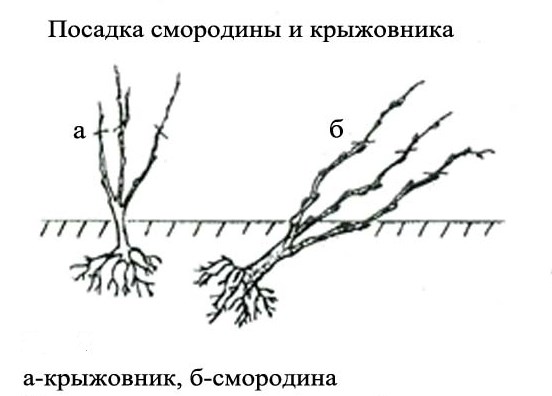
- Cover with earth (the top fertile layer of soil mixed with humus or peat), while slightly lifting and shaking the seedling so that the earth wakes up between the roots, leaving no empty cavities.
- Compact the soil.
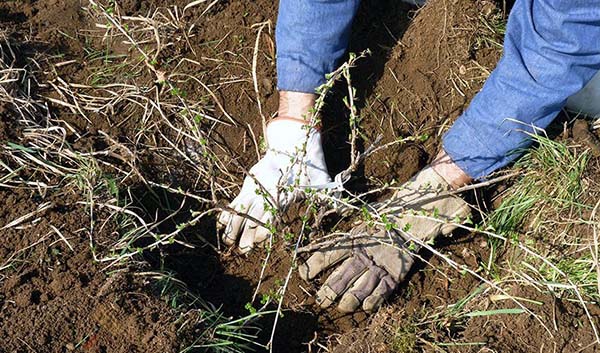
Note! Some gardeners recommend burying the root collar a few (5-7) centimeters into the soil (for good tillering). However, given that the earth is likely to settle, it is better not to deeply deepen initially.
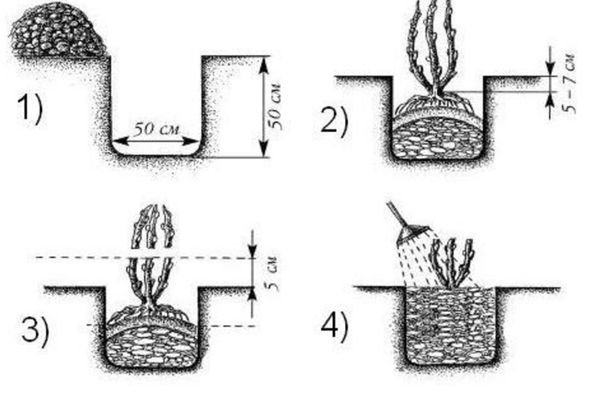
On the other hand, there is an opinion that the gooseberry does not like it when moisture accumulates near the root collar, so it is better to plant it flush with the soil surface or even slightly higher (since the earth will surely settle).
By the way! Remember that the root collar is where the first root starts from the trunk.
- Next, you need to make a hole (roller) along the diameter (perimeter) of the trunk circle 5-10 cm high.
- And then pour it abundantly, pouring out about a bucket of water (pour it out gradually - wait for it to be absorbed and add more).
- As a result, level the roller, loosen the soil in the near-stem circle and mulch it with peat, humus or compost.
Mulch will help prevent dry roots and excess moisture evaporation.
Video: how to plant gooseberries in spring
Caring for gooseberries after planting
Despite the fact that the gooseberry has excellent survival rate, it, along with other crops, needs to be provided with proper care after planting.
So what's next? How to care for him after landing?
Immediately after landing, it is mandatory cut off shoots (aboveground part of the bush). Of course, if they have not yet been cut by the seller in advance, because as a rule, they sell or send just such.
How to prune gooseberries after spring planting?
If the roots are weak, then we leave 2-3 buds (i.e. about 5-10 cm), and the rest - mercilessly cut off, if stronger, then 3-4 buds (10-15 cm) are possible.
Important! If this is not done, then the gooseberry will spend a lot of energy on building up the green mass (leaves), which are formed on a high stem, which will greatly deplete its already weak roots. As a result, the seedling will noticeably lag behind in development: it simply does not form a good root system and a sufficient number of replacement buds (from which shoots should appear next year).
Further it is highly desirable mulch gooseberry near-stem circle. For this, mowed grass, hay, straw or sawdust.
What is it (mulching) for:
- After abundant watering, a dry crust often forms. Thanks to mulch, the soil will always be loose and moisture will last longer.
- Weeds will not grow under the mulch.
- Mulch is an excellent organic food supplement.
- Of course, we must not forget about watering.
In the first year after planting, watering should be taken especially seriously.
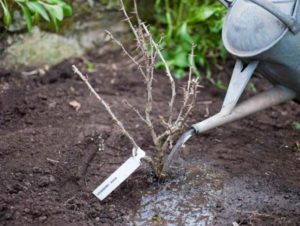
- And in the fall you will need prepare the bushes for winter.
Advice! About, how to care for gooseberries in autumn and properly prepare for winter, painted in detail in this article.
Later in the composition basic activities for the care of gooseberries will include the following:
Basic trimming gooseberries are usually performed after fruiting (in autumn), and in the spring they do only corrective, or rather sanitary pruning.
Of course, if you have not had the opportunity to prune gooseberries in the fall, then pruning in the spring is better than not pruning at all.
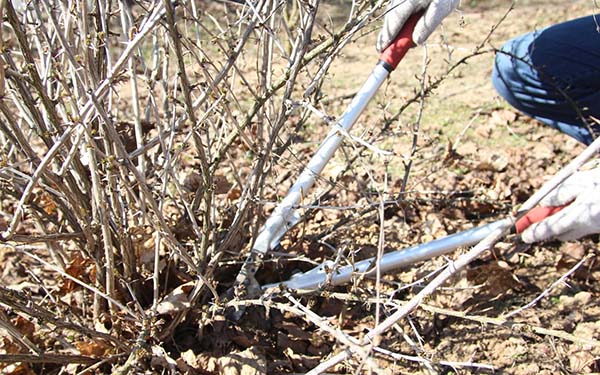
- fertilization (if you carefully filled the planting pit with everything you need, then the first feeding will need to be done only after 2-3 years);
By the way! More information about when and what to feed gooseberries in spring, you will find in this material about feeding currants (because they are similar).
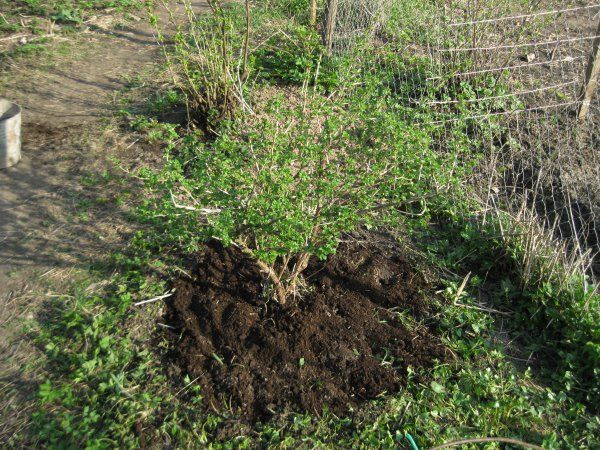
- treatment for diseases (especially against powdery mildew) and pests.
Important! After winter, still in early spring, You can pour boiling water over the gooseberries (similar to currants).
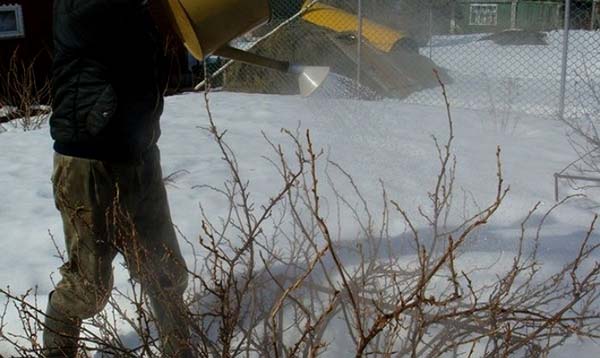
And then to carry out a full spring spraying shrubs with fungicides and insecticides (means against diseases and pests), as described in detail in this article.
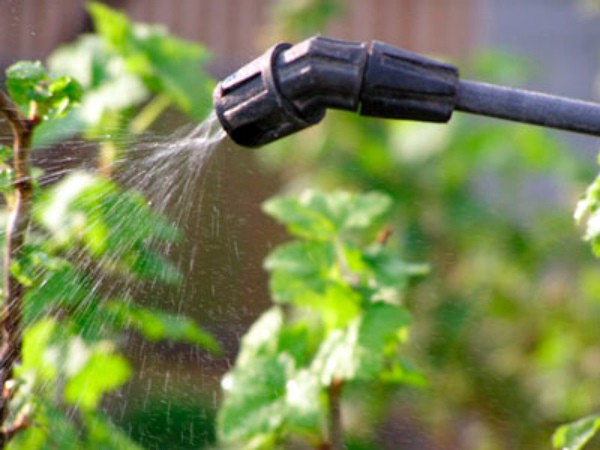
- If the gooseberry has grown too much (began to interfere), or his fruiting has noticeably decreased and he generally stopped developing - it's time for him plant or transplantbefore multiplying in one of several ways.
By the way! The site has a detailed article about how to transplant currants correctly in spring, summer and autumn (the technique is basically the same).
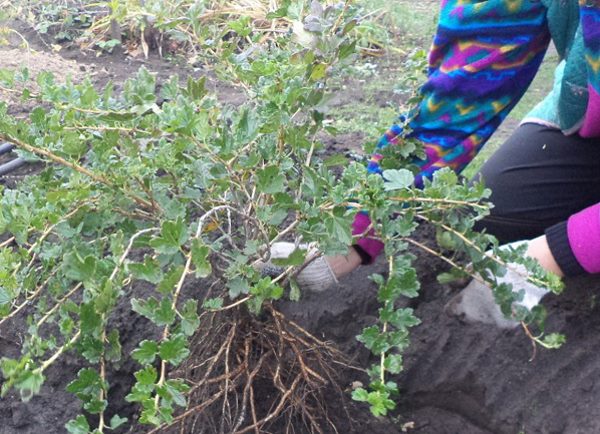
Video: planting and caring for gooseberries
Possible mistakes when planting gooseberries in spring
Novice gardeners who are poorly aware of the features of a shrub often make mistakes when planting it. In order not to step on the same rake, it is better to familiarize yourself with typical misconceptions in advance and protect the gooseberry from its own bad influence, excluding the following most popular mistakes:
- Initially purchased poor quality seedling.
- Are selected wrong landing dates - either too early (the ground is frozen), or too late (in the summer, when it is already hot).
- Picks up too shaded place.
- Necessity is ignored making a sufficient amount of nutrient soil and fertilizers into the landing pits.
- Bushes are planted too close to each other... Strong thickened plantings poorly ventilated, causing the plants to hurt. Or, as a result of a lack of sunlight and nutrients, too small berries are tied.
- After landing no trimming.
- Not produced due post-plant care, namely regular watering.
Well, let your gooseberry be as tasty as thorny (although thornless varieties have already appeared).
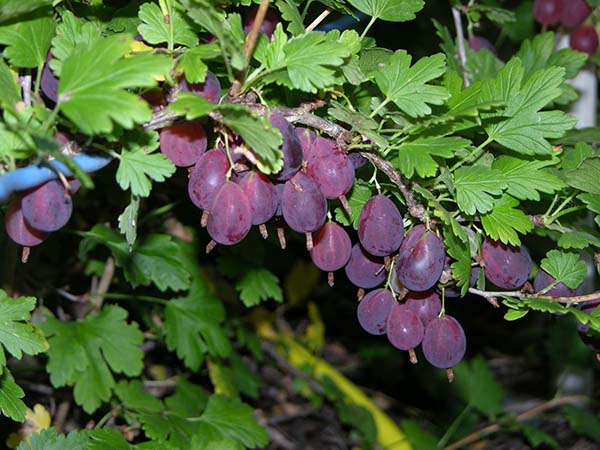
Thus, planting gooseberries in your summer cottage is not difficult. All a gardener needs is some free time and physical effort.
Video: how to plant gooseberries correctly

